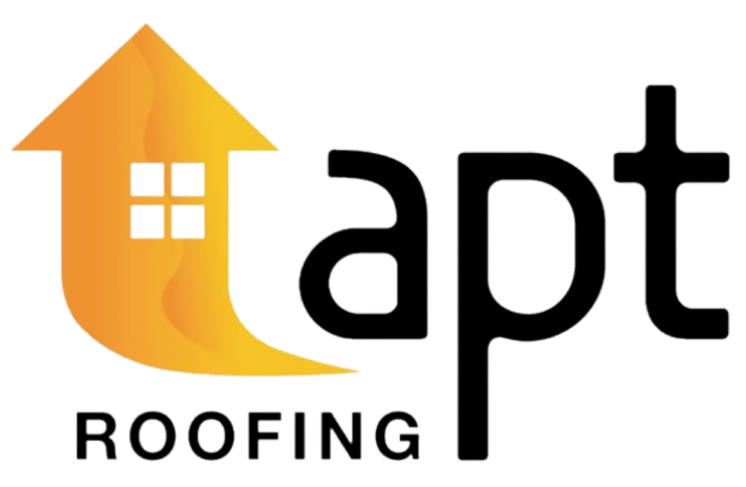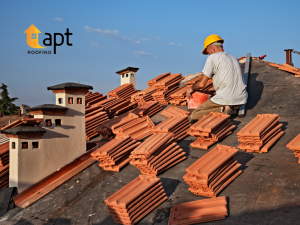Sydney’s architectural landscape is as varied as its climate, requiring roofing solutions that not only match the aesthetic of the area but also stand up to its unique environmental challenges. Among the common choices tiles, shingles, and metal corrugated metal roofing has emerged as a particularly durable and efficient option for both residential and commercial properties.
Brief Overview of Common Roofing Choices in Sydney
Sydney, homeowners and developers commonly select from tile, shingle, and metal roofing materials. Tiles offer a traditional look and substantial durability, while shingles are prized for their aesthetic versatility and insulation properties. Metal roofs, particularly corrugated ones, are known for their longevity and robustness, making them increasingly popular in both new constructions and roof repair sydney.
Introduction to Corrugated Metal as a Durable and Efficient Roofing Material
Corrugated metal roofing, with its distinctive ripple-like pattern, is not only aesthetically unique but also exceptionally strong and resilient. Its design contributes to its ability to withstand severe weather conditions, making it an ideal choice for Sydney’s sometimes harsh climate. Additionally, its reflective properties can significantly improve the energy efficiency of buildings, a factor becoming increasingly important in sustainable building practicess.
What is Corrugated Metal Roofing?

Corrugated metal roofing is a sheet metal that has been pressed into corrugations, increasing its strength over a larger area. Typically made from steel, aluminium, or sometimes copper, these roofs are not only durable but also lightweight, adding less stress to building structures.
Definition and Characteristics of Corrugated Metal Roofing
Corrugated metal roofing is defined by its series of parallel ridges and grooves which enhance its rigidity and strength. This corrugation process makes the metal more resistant to bending under weight, reducing the risk of damage in high wind and heavy rain conditions. The material is also renowned for its quick installation process and minimal maintenance requirements.
Historical Context and Evolution of Corrugated Metal as a Roofing Material
Originally developed in the 1820s in Britain for industrial buildings, corrugated metal quickly spread across the globe as a preferred material for its portability and ease of installation, which were ideal for the rapidly expanding territories of the colonial era. In Australia, its use became widespread not only in industrial but also in residential construction due to its ability to handle extreme weather and its efficiency in installation.
Key Advantages of Corrugated Metal Roofing

How Corrugated Metal Stands Up to Sydney’s Weather Conditions
Corrugated metal is particularly suited to Sydney’s climate, which can range from scorching sun and heatwaves to stormy, rainy seasons. The material’s durability ensures that it does not crack, warp, or corrode with changes in temperature or exposure to moisture. Its non-porous surface also makes it resistant to algae growth, a common issue in Sydney’s humid conditions.
Lifespan Comparisons with Other Roofing Materials
While tile and shingle roof repair in sydney typically last about 20-30 years, corrugated metal roofing can last 50 years or more with proper maintenance. Its longevity makes it a cost-effective solution over time, as it requires fewer replacements throughout the life of a building.
Weather Resistance
Specific Benefits in Handling Sydney’s Varied Climate: Resistance to Wind, Rain, and Sun
The design of corrugated metal allows it to withstand extreme weather conditions better than many other roofing materials. Its interlocking pieces and sturdy design provide excellent wind resistance, and its slick surface sheds rain and hail effectively, preventing water damage.
Discuss the Material’s Performance During Extreme Weather Events
During events like cyclones and severe storms, which are not uncommon in parts of Sydney, corrugated metal roofing have proven less likely to sustain damage. Their robust construction helps prevent uplift from high winds, and the material itself is non-combustible, reducing the risk of damage from airborne embers during bushfire seasons.
Energy Efficiency

How Corrugated Metal Roofing Contributes to Better Insulation and Energy Savings
Corrugated metal roofing reflects a significant portion of the sun’s rays, reducing heat absorption and keeping buildings cooler during hot Sydney summers. This reflective property enhances the building’s overall energy efficiency by reducing the need for air conditioning, leading to lower energy consumption and cost savings. Additionally, the inherent durability of corrugated metal minimizes the need for frequent repairs or replacements, further contributing to long-term energy efficiency.
Examples of Energy Efficiency Improvements Over Traditional Materials
Compared to traditional roofing materials like asphalt shingles or concrete tiles, corrugated metal roofs can reduce cooling energy costs by up to 25%. Their superior reflective properties and potential for integrating insulation solutions make them a more energy-efficient choice. For instance, a properly installed corrugated metal roof can decrease indoor temperatures significantly, reducing the strain on HVAC systems and leading to a noticeable drop in monthly energy bills.
Aesthetic Versatility
Available Styles and Finishes That Complement Different Architectural Designs
Corrugated metal roofing comes in a variety of styles and finishes, allowing it to complement a wide range of architectural designs. From modern, minimalist homes to rustic, heritage buildings, there is a corrugated metal option that suits every aesthetic preference. Homeowners can choose from different profiles, such as standing seam or ribbed patterns, to match their design vision.
Color Options and Customization Potential
The customization potential of corrugated metal roofing extends beyond shapes and profiles to include a broad spectrum of colors and finishes. This flexibility allows homeowners and builders to select colors that blend seamlessly with the surrounding environment or make a bold statement. Additionally, modern coating technologies ensure that these colors remain vibrant and resistant to fading over time.
Low Maintenance Requirements

Overview of the Maintenance Needs for Corrugated Metal Roofing
Corrugated metal roofing requires minimal maintenance compared to other roofing materials. Its durable surface resists moss and algae growth, and its smooth finish prevents debris accumulation. Routine maintenance typically involves periodic inspections and simple cleaning to remove dirt and leaves. These minimal requirements make corrugated metal an attractive option for homeowners seeking a low-maintenance roofing solution.
Comparison with Maintenance Demands of Other Roofing Types
In comparison to materials like wood shingles, which require regular treatments and inspections for rot and insect damage, or tile roofs that might need frequent replacement of broken tiles, corrugated metal roofing stands out for its resilience and ease of upkeep. Its resistance to rust and corrosion, especially when treated with protective coatings, ensures longevity with fewer maintenance interventions.
Cost-Effectiveness
Initial Installation Costs vs. Long-Term Savings
While the initial installation cost of corrugated metal roofing can be higher than some traditional materials, the long-term savings are substantial. The extended lifespan of metal roofs means fewer replacements and repairs over time. Additionally, the energy savings from improved insulation and reflective properties contribute to a lower total cost of ownership.
Return on Investment Through Durability and Energy Savings
The durability of corrugated metal roofing translates into a high return on investment (ROI). Homeowners can expect to recoup their initial outlay through reduced maintenance costs, lower energy bills, and the extended lifespan of their roofing. This makes corrugated metal a financially sound choice for long-term property value and sustainability.
Installation Process for Corrugated Metal Roofing

Key Considerations Before Installation
Before installing corrugated metal roofing, it’s crucial to assess the structural integrity of the building. Ensure that the framework can support the new roofing material. Selecting a qualified and experienced contractor is also vital to ensure a proper installation that meets local building codes and standards. Homeowners should verify the contractor’s credentials and ask for references to ensure high-quality workmanship.
Brief Outline of the Installation Process Specific to Sydney Homes
The installation process for corrugated metal roofing typically involves the following steps:
- Preparation: Remove the existing roofing material and inspect the underlying structure. Make any necessary repairs or reinforcements to support the new roof.
- Underlayment Installation: Install a weather-resistant underlayment to provide an additional layer of protection against moisture.
- Metal Panel Placement: Starting from the bottom edge, place the corrugated metal panels, ensuring they overlap correctly to prevent leaks.
- Fastening: Secure the panels with appropriate fasteners, ensuring they are tightly affixed to withstand high winds.
- Sealing: Apply sealant to joints and edges to prevent water infiltration.
- Finishing Touches: Install ridge caps, flashing, and trim to complete the installation and enhance the roof’s aesthetic appeal.
Potential Challenges and How to Overcome Them
Addressing Common Misconceptions and Challenges
Noise Issues
One common misconception about corrugated metal roofing is that it is significantly noisier than other roofing materials, particularly during rainstorms. While metal roofs can produce more noise than traditional shingles or tiles, modern installation techniques can mitigate this issue. Adding insulation and solid sheathing underneath the metal panels can greatly reduce noise levels, making them comparable to other roofing materials.
Dents and Damage
Another concern is the potential for dents and damage, particularly from hail or falling debris. While it is true that metal roofs can dent, high-quality corrugated metal roofing materials are designed to be more resistant to impact. Choosing thicker panels and materials with higher tensile strength can minimize the risk of dents.
Solutions and Preventative Measures for Common Issues

Noise Reduction Solutions
To address noise issues, homeowners can:
- Install Insulation: Adding a layer of insulation beneath the metal panels can absorb sound and reduce noise levels.
- Use Sound-Deadening Underlayment: Special sound-deadening underlayment materials are available that can significantly reduce the noise produced by rain or hail.
- Secure Fastening: Ensuring that the metal panels are securely fastened to the roof deck can also help minimize noise.
Preventing and Managing Dents
To protect against dents and damage:
- Choose Quality Materials: Opt for higher-gauge metal panels that are more resistant to impact.
- Regular Inspections: Conduct regular roof inspections to identify and address potential issues before they become significant problems.
- Install Protective Barriers: Consider installing barriers such as screens or guards to protect the roof from large falling debris.
Conclusion
Given the demanding climate conditions in Sydney, corrugated metal roofing stands out as a reliable and efficient choice for residential roofing needs. Its ability to withstand harsh weather, combined with its long lifespan and minimal maintenance, ensures that homeowners can enjoy peace of mind and significant cost savings over time. By choosing corrugated metal roofing and working with reputable roof repair Sydney professionals, homeowners can enhance the safety, comfort, and value of their homes.








